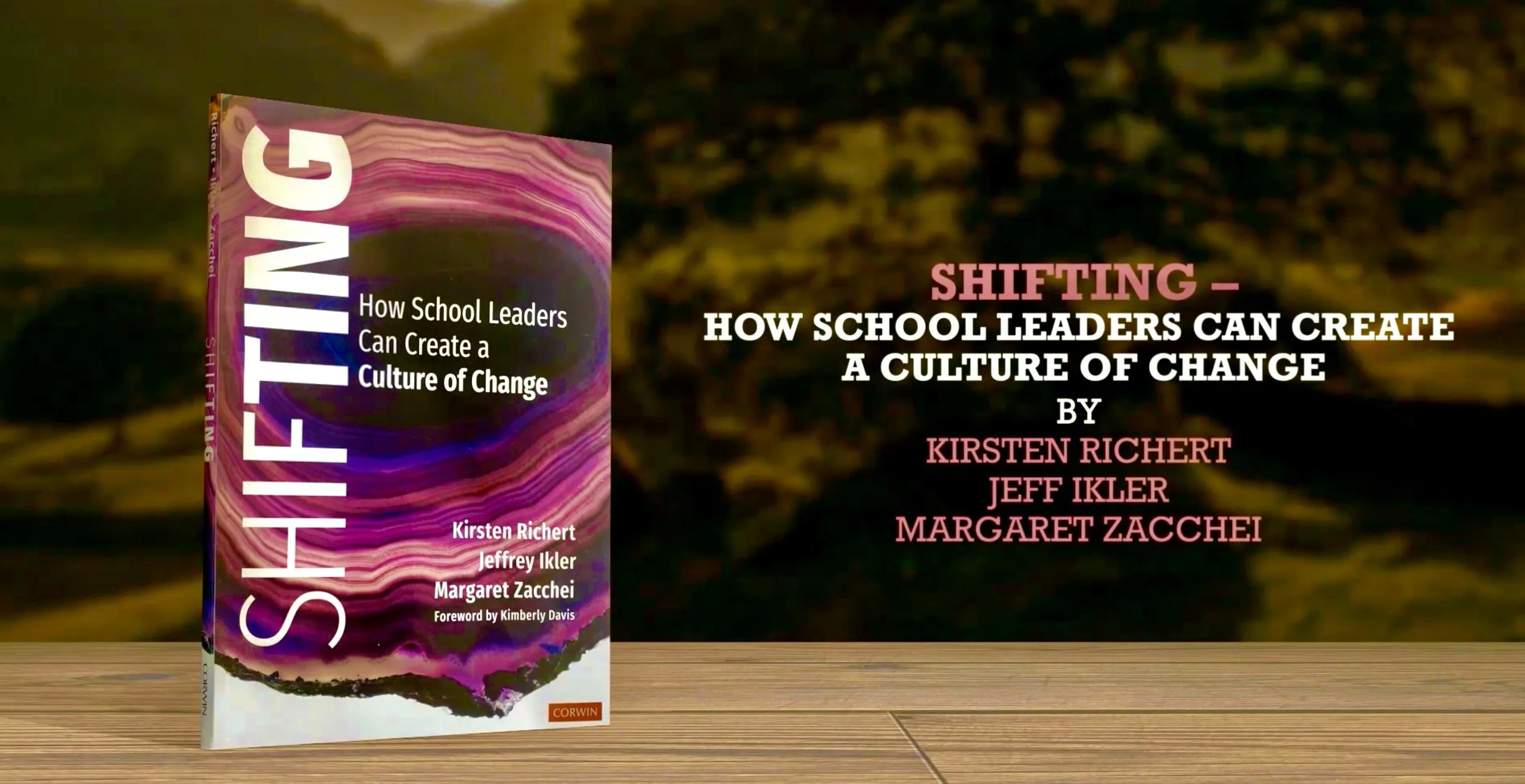Getting Unstuck #120: Using "Visible Learning" to Improve Student Success
Today on Getting Unstuck
In this episode, we talk with Professor John Hattie. Professor Hattie is an award-winning education researcher and best-selling author with nearly 30 years of experience examining what works best in student learning and achievement. His research, better known as Visible Learning®, is a culmination of nearly 30 years synthesizing more than 1,600 meta-analyses comprising more than 90,000 studies involving over 300 million students around the world. His notable publications include Visible Learning, Visible Learning for Teachers, Visible Learning and the Science of How We Learn, and Visible Learning for Mathematics, Grades K–12.
10 Mindframes for Leaders: The VISIBLE LEARNING® Approach to School Success offers the mindframes from ten world-renowned educators. Mindframes are the “why – the internal set of beliefs that shapes one’s role and performance as an educator.
What is “visible learning”? (from visible-learning.org)
“Visible Learning means an enhanced role for teachers as they become evaluators of their own teaching. According to John Hattie, Visible Learning and Teaching occurs when teachers see learning through the eyes of students and help them become their own teachers.”
The Essential Ideas in John’s Own Words
The two things that make the most difference in what works best are (a) how teachers think, and (b) how students learn. “Thinking” here pertains to “evaluative thinking” – basically, it’s the teachers ability and willingness to ask “Is what I’m doing as a teacher having an impact? Can I see evidence of student learning?”
“Thinking” here is more about how teachers make decisions about doing this and using this resource in that curriculum. It’s not what teachers are using, but how and why they’re using what they’re using – the decisions they’re making in response to student learning or student struggle.
Impact is not only achievement, it's not only progress to achievement, it's belongingness.
I'm a great fan of reducing the content so that we can go deeper on some things. I think we should dramatically halve, if not more, the content, and say we want kids to know how to become their own teachers, to know how to learn knowledge, to evaluate that precious knowledge, and then to use it in relating ideas and extending into other areas.
My job as a teacher today is to walk into my class and evaluate my impact. Now that begs the moral purpose question of what you mean by impact. It begs you to open your eyes to see what your effect is on kids, and then ask the questions, “What is that effect?” “Who am I having that effect on? “And what is the magnitude of that effect?”
We've got this whole notion that we're supposed to give lots of feedback. And I'm saying, but stop. Have you ever asked a kid how they've interpreted that feedback? Have they listened to it? And do they act on it? And when you actually do that, you realize that 90% of the feedback you give is not heard, not listened to, not understood or not acted on. Now, when you start to stop and listen to the impact, you dramatically change how you give feedback. And it's sort of that notion we were talking about before about our job is to have an impact on kids help see language learning through the eyes of the students.
Connect with John
Tired of chasing the next shinny initiative? Then take a different approach to change.
I will be recommending that our group of educational leaders with whom I work read your book. I think the organization of the book lends itself to each learner/leader applying the concepts to their own change efforts. Everyone can apply the themes and leadership practices.
Your book is very timely. "Shifting" is needed as educational leaders work through new distance learning approaches for all students. Educators must balance educating students, while keeping staff and students healthy. There is fear on the part of many teachers to remain healthy as they go back to school. Their why is to inspire and ensure that students thrive emotionally, socially and academically.
— Patrick Sweeney, Leadership Coach / Retired Superintendent



